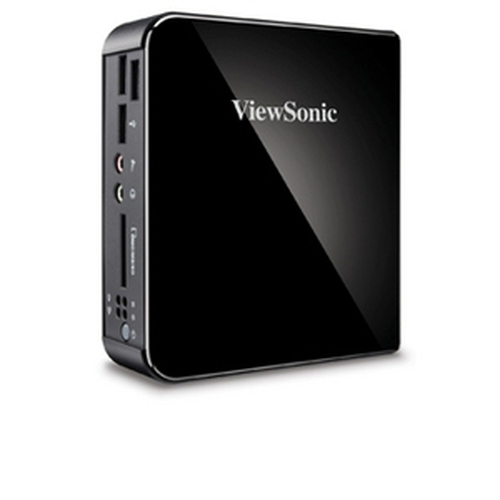

While these 15W parts generally don’t run at the advertised clock speeds in sustained workloads, even comparing just these rated frequencies shows a massive discrepancy. Alternatively you can get a Core i7 quad-core with a 1.8 GHz base and 4.3 GHz all-core turbo. The top-end Comet Lake chip built on 14nm offers a worse integrated graphics, but bumps up the CPU to 6 cores, clocked at 1.1 GHz base, 4.7 GHz single-core turbo, and 4.1 GHz all core. This is well below what you get with Intel’s other current-generation CPU, Comet Lake. But it only packs four Sunny Cove CPU cores with a base clock of 1.3 GHz, a single-core turbo of 3.9 GHz and an all-core speed of 3.5 GHz.
#Intel turbo boost download for u7300 1.30 full#
It gets the full 64 execution unit experience, giving us all the benefits of Gen11 graphics. Take the flagship 15W part that we’re looking at today: the Core i7-1065G7. While IPC has seen a large increase (according to Intel), this has been offset by lower clock speeds across the Ice Lake line. Intel is promising an 18% IPC increase over Skylake, support for AVX-512, new dynamic tuning capabilities, and a much better memory controller that supports DDR4-3200 and LPDDR4X-3733 speeds. There are also significant changes on the CPU front, thanks to an all-new CPU core in Sunny Cove. This really is the key benefit to getting Ice Lake over previous generations. On top of this, Gen11 graphics provide a number of architectural changes, including support for variable rate shading, adaptive sync, display stream compression, and a faster media encoder. And the top end also gets a bump, but crucially you can still find 64 EU G7 graphics within a 15W power envelope, so Intel is bringing a significant jump to graphics capabilities within the existing TDP, allowing it to better compete with the beefy graphics AMD provides in Ryzen Mobile. Now, the base G1 tier includes 32 EUs, so we’re already seeing a 33% increase to core count (if you want to call execution units “cores”). Some 28W parts would push this up to 48 execution units, but that was generally the maximum you could find. Since Skylake was introduced, 15W CPUs have largely been stuck with GPUs that pack only 24 execution units with an architecture from 2015, and that continues to be the case with 2019’s 14nm refresh codenamed Comet Lake. All use Intel’s new Gen 11 GPU, which is one of the bigger changes to Ice Lake compared to previous 14nm generations.Īnd it’s a much needed change.
#Intel turbo boost download for u7300 1.30 plus#
The G suffix tells us exactly what sort of CPU configuration we’re getting: G7 denotes Iris Plus with the full 64 execution units unlocked, G4 is Iris Plus cut down to 48 EUs, and then G1 gives us UHD graphics with 32 EUs. What has become clearer this generation though, is the integrated graphics capabilities. I personally preferred the use of U or Y, that was clearer for buyers rather than hiding this crucial performance indicator among a bunch of other letters and numbers. All 15W products get a 5 in the fourth digit, and 9W parts get a 0. Now this is relegated to a single number: the 1065G7 for example is a 15W CPU, while the 1060G7 is 9W. Before Intel used U suffixes to denote 15W products, and Y to denote 9W.

Intel’s naming scheme is confusing as usual. These are all designed for low-power ultraportables and other mobile devices, at least for now. Instead of one CPU, there are 11 in Intel’s Ice Lake line-up, across 9W, 15W and 28W power categories. There are many more SKUs available and we’re already seeing decent uptake in the market across ultraportable laptops. Thus in our book Ice Lake is Intel’s first true entry to the CPU market with the 10nm process. Because of its low-end specs, it never saw much traction. It was used in a single Lenovo laptop plus a small handful of NUCs. Last year we did see the 10nm 'Cannon Lake' but it was a single processor, the Core i3-8121U, a measly dual-core clocked at up to 3.2 GHz with no integrated graphics. This is Intel’s first real attempt at a 10nm CPU, and in this review we’ll be comparing it against their 14nm offerings to see how it stacks up in terms of performance. This has been a long time coming, as we're finally getting around to testing Intel’s Ice Lake architecture.


 0 kommentar(er)
0 kommentar(er)
